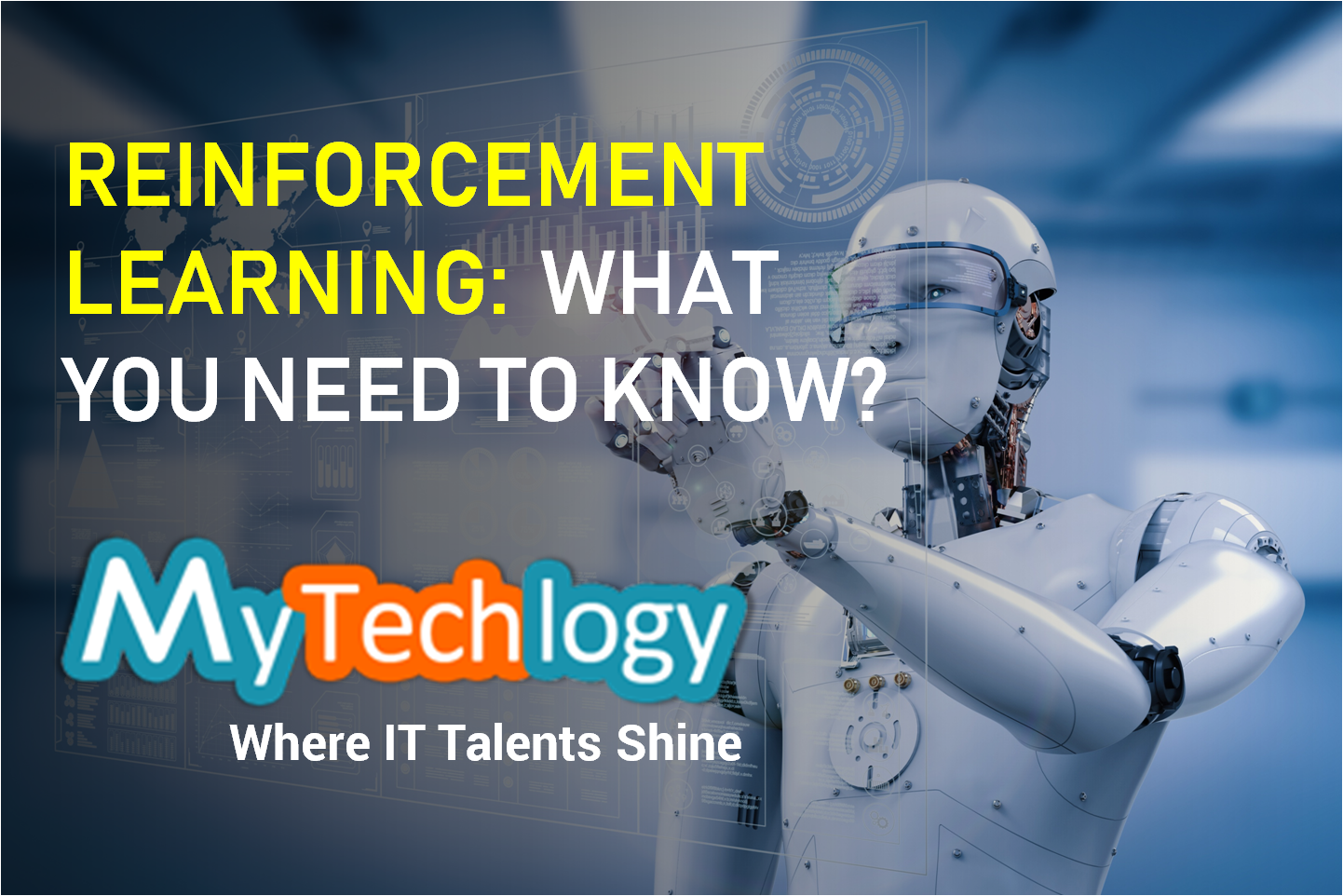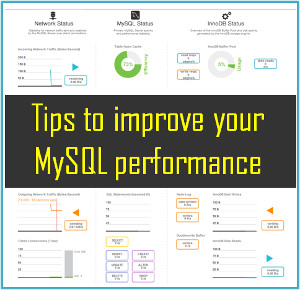Reinforcement Learning: Things you need to know!
Published on 24 January 18
0
2

A brief about Reinforcement Learning
Consider teaching a dog a new trick: you cannot tell it what to do, but you can reward/punish it if it does the right/wrong thing. It has to figure out what it did that made it get the reward/punishment, which is known as the credit assignment problem. We can use a similar method to train computers to do many tasks, such as playing backgammon or chess, scheduling jobs, and controlling robot limbs.
This approach is called Reinforcement Learning.
Reinforcement learning is the problem of getting an agent to act in the world so as to maximize its rewards.
This approach is called Reinforcement Learning.
Reinforcement learning is the problem of getting an agent to act in the world so as to maximize its rewards.
Reinforcement learning copies a very simple principle from nature. The psychologist Edward Thorndike documented it more than 100 years ago. Thorndike placed cats inside boxes from which they could escape only by pressing a lever. After a considerable amount of pacing around and meowing, the animals would eventually step on the lever by chance. After they learned to associate this behavior with the desired outcome, they eventually escaped with increasing speed.
Over the past few decades, there were few milestones and the latest being in March 2016, when AlphaGo, a program trained using reinforcement learning, destroyed one of the best Go players of all time, South Korea’s Lee Sedol. The feat was astonishing, because it is virtually impossible to build a good Go-playing program with conventional programming. Not only is the game extremely complex, but even accomplished Go players may struggle to say why certain moves are good or bad, so the principles of the game are difficult to write into code. Most AI researchers had expected that it would take a decade for a computer to play the game as well as an expert human.
Usage of Reinforcement Learning?
The possible applications of Reinforcement Learning are abundant, due to the genericness of the problem specification. As a matter of fact, a very large number of problems in Artificial Intelligence can be fundamentally mapped to a decision process. This is a distinct advantage, since the same theory can be applied to many different domain specific problem with little effort.
Industries that are powered by Reinforcement Learning applications
- Manufacturing: In Fanuc, a robot uses deep reinforcement learning to pick a device from one box and putting it in a container. Whether it succeeds or fails, it memorizes the object and gains knowledge and train’s itself to do this job with great speed and precision. Many warehousing facilities used by eCommerce sites and other supermarkets use these intelligent robots for sorting their millions of products everyday and helping to deliver the right products to the right people. If you look into Tesla’s factory, it comprises of more than 160 robots that do major part of work on its cars to reduce the risk of any defect.
- Inventory Management: A major issue in supply chain inventory management is the coordination of inventory policies adopted by different supply chain actors, such as suppliers, manufacturers, distributors, so as to smooth material flow and minimize costs while responsively meeting customer demand. Reinforcement learning algorithms can be built to reduce transit time for stocking as well as retrieving products in the warehouse for optimizing space utilization and warehouse operations.
- Delivery Management: Reinforcement learning is used to solve the problem of Split Delivery Vehicle Routing. Q-learning is used to serve appropriate customers with just one vehicle.
- Power Systems: Reinforcement Learning and optimization techniques are utilized to assess the security of the electric power systems and to enhance Microgrid performance. Adaptive learning methods are employed to develop control and protection schemes. Transmission technologies with High-Voltage Direct Current (HVDC) and Flexible Alternating Current Transmission System devices (FACTS) based on adaptive learning techniques can effectively help to reduce transmission losses and CO2 emissions.
- Finance Sector: Pit.AI is at the forefront leveraging reinforcement learning for evaluating trading strategies. It is turning out to be a robust tool for training systems to optimize financial objectives. It has immense applications in stock market trading where Q-Learning algorithm is able to learn an optimal trading strategy with one simple instruction; maximize the value of our portfolio. This way anyone who is able to get his/her hands on a Q-Learning algorithm will potentially be able to gain income with worrying about the market price or the risks involved since the Q-Learning algorithm is smart to take all these under considerations while making a trade.
Demand for Reinforcement Learning?
According to an research done by Chinese tech firm Tencent to estimate the number of A.I. professionals currently in the market, it estimates that there only 300,000 worldwide, but companies want millions more. The United States, China, Japan, and a handful of other countries are in an aggressive race to train more talent, with more schools teaching machine learning and other A.I. aspects.
Basic Skills Required
- Basics of Math(Especially Calculus, Probability and Linear Algebra)
- Basics of Python
- Basics of Statistics
- Basics of Machine Learning
Here are Some of the courses that can help you learn and master Reinforcement Learning
- Artificial Intelligence: Reinforcement Learning in Python
- Learn Reinforcement Learning From Scratch
- Artificial Intelligence AI: Reinforcement Learning In Python
- Practical Reinforcement Learning
- Advanced Machine Learning Specialization
- Reinforcement Learning
Career Advice From Machine Learning & Data Science Experts
There is no one size fits all solution. Your situation could be different (educational background, experience etc.), this is where experts and mentors from Machine Learning & Data Science field understand your profile better and guide you in the right path.
Like what Suzy Welch says "Your mentor doesn't need to have seniority over you." A mentor just has to do something better than you do.
- Arihant Jain (Specialist: Machine Learning, Data Science, Predictive Modelling)
- Jose Munoz Mata (Specialist: Data Science, AI, Career Development)
- Ujjyaini Mitra (Specialist: Data Science, Career movement to Data science)
- Mario Lewis (Specialist: Data Science, Big Data and Analytics)
- Sabrish Surender (Specialist: Data Science, Big Data, IoT, Cloud)
- Harpreet Dua (Specialist: Data Science, Business Analytics)
- Ganapathy Govindan (Specialist: Data Science, Big Data)
- Tarun Sukhani (Specialist: Data Science)
Resources for further reading on Reinforcement Learning
Read the following resources for practical implementation and examples of reinforcement learning
This blog is listed under
Development & Implementations
and Data & Information Management
Community
Post a Comment
You may also be interested in
Share your perspective

Share your achievement or new finding or bring a new tech idea to life. Your IT community is waiting!

 Robert
Robert






